Table of Contents
Introduction
Rockfish recipe, a diverse family of seafood, offers a delightful culinary experience for fish lovers. With their firm texture and mild flavor, rockfish can be prepared in various ways, making them a versatile ingredient in the kitchen. In this post, we’ll explore a mouthwatering rockfish recipe that will tantalize your taste buds and inspire you to incorporate this fantastic fish into your meals.
What is Rockfish recipe?
Rockfish, also known as Pacific snapper or rock cod, are a group of fish species found in the Pacific Ocean. They are characterized by their vibrant colors, ranging from red to orange, and their firm, white flesh. Rockfish are a sustainable seafood choice, as many species are well-managed and responsibly harvested.
Health Benefits of Rockfish recipe
Not only is rockfish delicious, but it also offers numerous health benefits. Here are a few reasons to include rockfish in your diet:
- Rich in Protein: Rockfish is an excellent source of lean protein, essential for building and repairing tissues in the body.
- Omega-3 Fatty Acids: Like many other fish, rockfish contains omega-3 fatty acids, which support heart health, brain function, and reduce inflammation.
- Low in Calories: Rockfish is a low-calorie protein option, making it an ideal choice for those watching their weight.
- Vitamin D: Rockfish is one of the few natural sources of vitamin D, which is crucial for bone health and immune function.
Ingredients and Instructions
Discover the Delicious World of Rockfish: A Versatile Seafood Delight
Course: MainCuisine: AmericanDifficulty: Easy4
servings10
minutes10
minutes300
kcalNow, let’s dive into a mouthwatering rockfish recipe that showcases the fish’s delicate flavor and texture.
Ingredients
4 rockfish fillets (about 6 oz each)
Salt and pepper to taste
2 tablespoons olive oil
4 tablespoons unsalted butter
2 cloves garlic, minced
2 tablespoons fresh lemon juice
2 tablespoons chopped fresh parsley
Directions
- Season the rockfish fillets with salt and pepper on both sides.
- Heat olive oil in a large skillet over medium-high heat.
- Once the oil is hot, carefully place the rockfish fillets in the skillet, skin-side down. Cook for 3-4 minutes until the skin is crispy and golden brown.
- Flip the fillets and cook for an additional 2-3 minutes until the fish is cooked through and easily flakes with a fork.
- Remove the rockfish from the skillet and set aside on a plate.
- In the same skillet, reduce the heat to medium and add the butter. Allow the butter to melt and start to foam.
- Add the minced garlic to the skillet and cook for 30 seconds until fragrant.
- Stir in the lemon juice and parsley, and cook for an additional 30 seconds.
- Remove the skillet from the heat and spoon the lemon butter sauce over the rockfish fillets.
- Serve the pan-seared rockfish with your favorite sides, such as roasted vegetables or a fresh salad.
Tips for Cooking Rockfish
To ensure your rockfish turns out perfectly every time, keep these tips in mind:
- Choose Fresh Fillets: Look for rockfish fillets that are firm, moist, and have a mild ocean smell. Avoid fillets that appear dry or have a strong fishy odor.
- Pat Dry Before Cooking: To achieve a crispy skin, pat the rockfish fillets dry with paper towels before seasoning and cooking.
- Don’t Overcrowd the Pan: When searing the rockfish, make sure not to overcrowd the skillet. Leave space between each fillet to ensure even cooking and crispy skin.
- Avoid Overcooking: Rockfish cooks quickly, so be careful not to overcook it. The fish is done when it easily flakes with a fork and reaches an internal temperature of 145°F (63°C).
Storing and Reheating Leftovers
If you find yourself with leftover pan-seared rockfish, follow these storage and reheating guidelines to ensure the best quality and taste:
Storing Leftovers
- Allow the rockfish to cool to room temperature before storing.
- Place the cooled rockfish in an airtight container or wrap it tightly with plastic wrap or aluminum foil.
- Store the leftovers in the refrigerator for up to 3 days.
- If you want to keep the rockfish for longer, you can freeze it for up to 2 months. To prevent freezer burn, wrap the fish tightly in plastic wrap and then place it in a freezer-safe container or resealable bag.
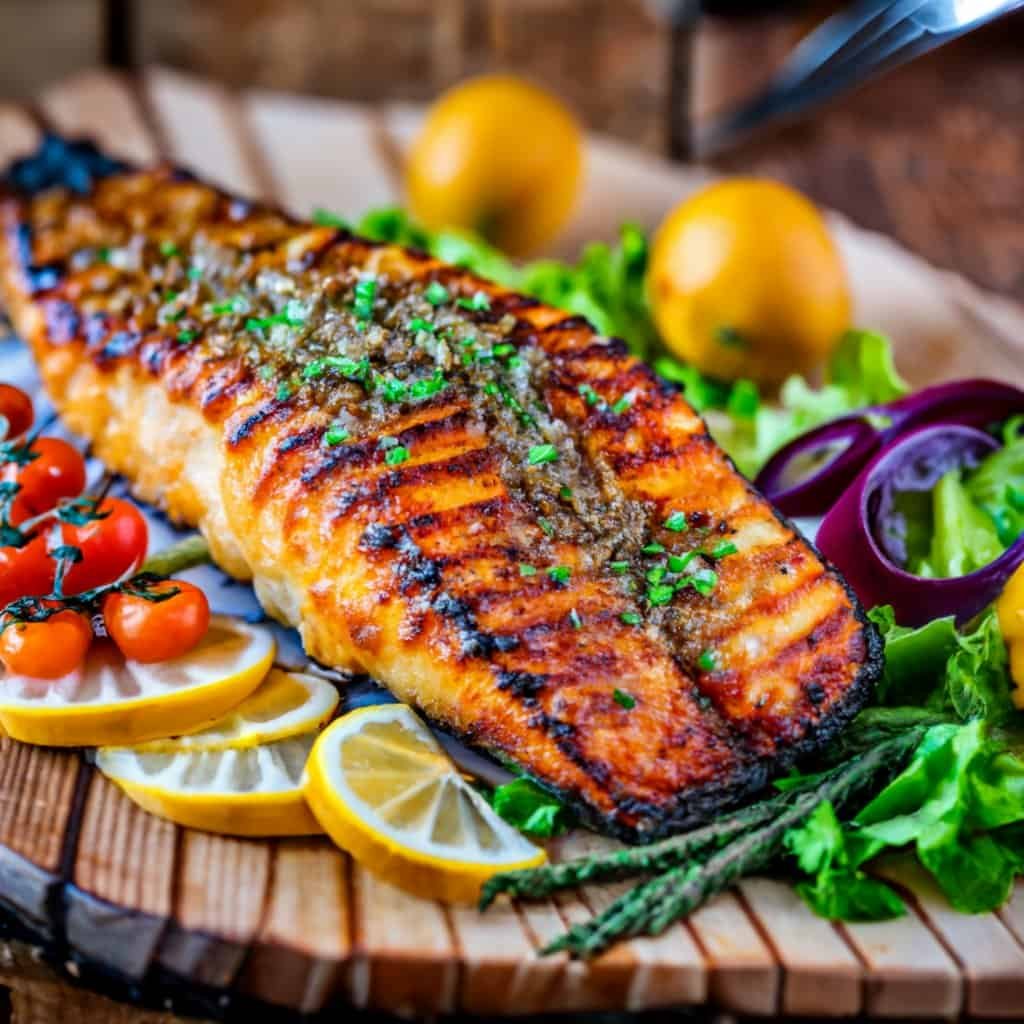
Reheating Leftovers
- Thaw frozen rockfish in the refrigerator overnight before reheating.
- Preheat your oven to 350°F (175°C).
- Place the rockfish on a baking sheet lined with parchment paper or aluminum foil.
- Brush the rockfish with a little olive oil or melted butter to prevent it from drying out during reheating.
- Bake the rockfish for 8-10 minutes, or until it reaches an internal temperature of 145°F (63°C).
- If you prefer, you can also reheat the rockfish in a skillet over medium heat until warmed through.
Note: Reheated rockfish may have a slightly different texture compared to freshly cooked fish, but it will still be delicious and safe to eat.
Conclusion Rockfish recipe
Rockfish is a delicious and versatile seafood option that deserves a place in your culinary repertoire. With its firm texture, mild flavor, and numerous health benefits, rockfish is a fantastic choice for a quick and satisfying meal. Try the pan-seared rockfish recipe with lemon butter sauce and experience the delightful taste of this amazing fish. Don’t forget to explore other rockfish recipes and share your favorites with friends and family. Happy cooking!

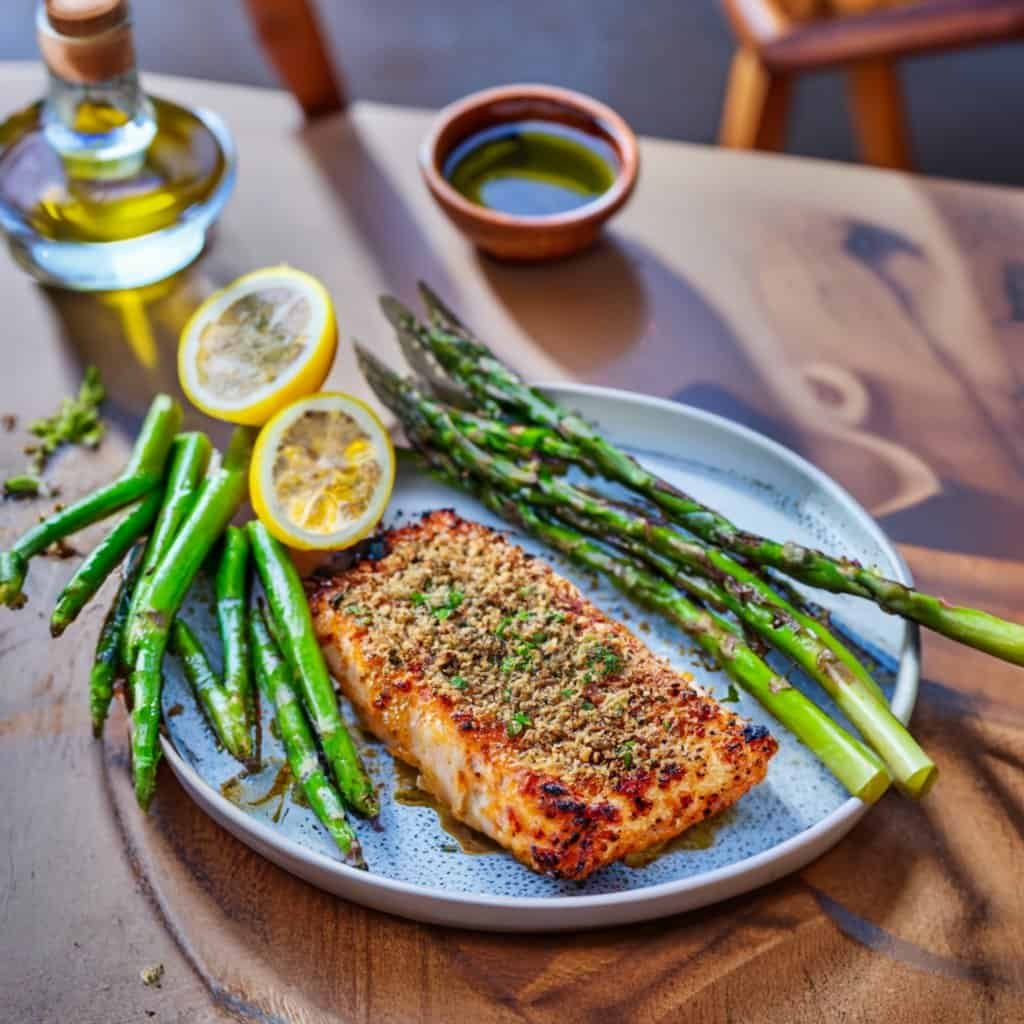

Frequently Asked Questions (FAQs)
- Can I use other types of fish for this recipe?
Yes, you can use other firm, white-fleshed fish like cod, halibut, or sea bass in place of rockfish. Adjust the cooking time accordingly based on the thickness of the fillets. - How do I know when the rockfish is cooked through?
The rockfish is cooked through when it easily flakes with a fork and reaches an internal temperature of 145°F (63°C). Be careful not to overcook the fish, as it can become dry and lose its delicate texture. - Can I use dried herbs instead of fresh ones?
While fresh herbs are recommended for the best flavor, you can use dried herbs if that’s what you have on hand. As a general rule, use about 1/3 the amount of dried herbs compared to fresh herbs. - Is it necessary to use unsalted butter?
Using unsalted butter allows you to control the amount of salt in the dish. If you only have salted butter, you can still use it, but be mindful of the additional salt content and adjust the seasoning accordingly. - Can I make the lemon butter sauce ahead of time?
It’s best to make the lemon butter sauce just before serving to ensure the best flavor and texture. However, if you need to make it ahead of time, you can store it in an airtight container in the refrigerator for up to 2 days. Reheat the sauce gently in a saucepan over low heat, stirring occasionally, before serving.















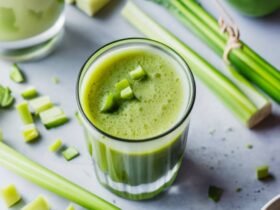






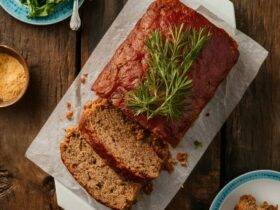
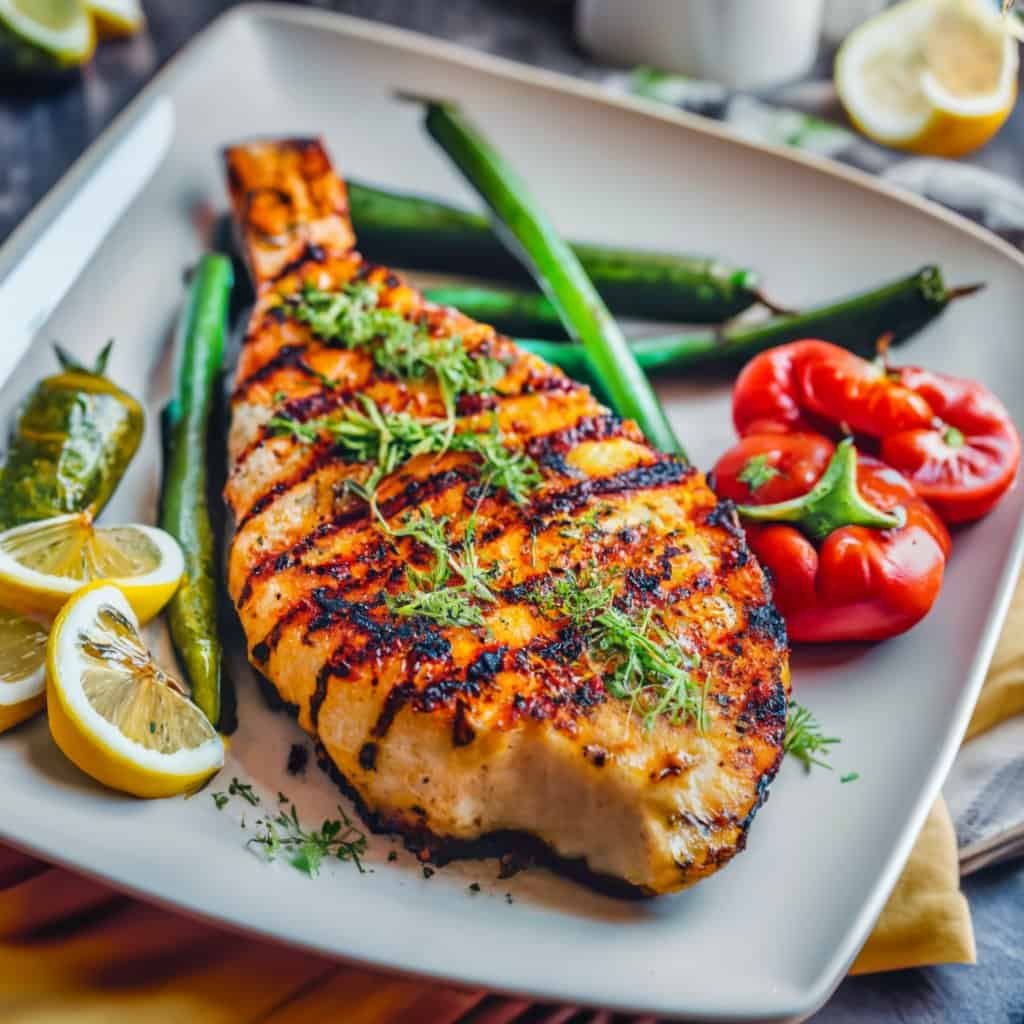



3 Comments